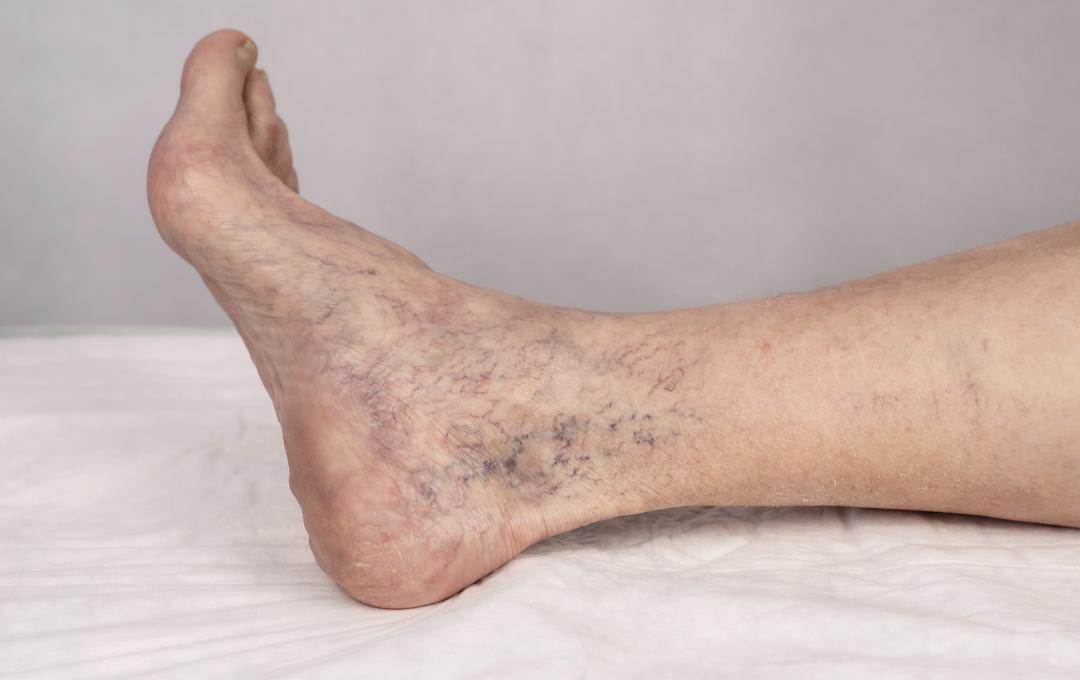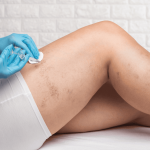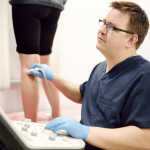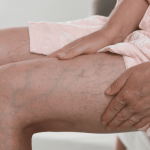
If you’ve noticed bluish or greenish veins just beneath your skin—often on your thighs, calves, or behind your knees—you might be looking at reticular veins. These veins are typically wider than spider veins but smaller than varicose veins, and while they may not always cause discomfort, they can sometimes signal an underlying circulation issue.
Understanding what reticular veins are, what causes them, and when to seek medical advice can help you make informed decisions about your vein health.
What Are Reticular Veins?
Reticular veins, also called “feeder veins,” are small, dilated veins located just below the skin’s surface. They often appear in clusters and may be linked to the development of spider veins. Unlike varicose veins, reticular veins usually don’t bulge above the skin—but they can still cause symptoms such as:
- Aching or heaviness in the legs
- Burning or itching sensations
- Leg fatigue after standing for long periods
- Visible blue or green discoloration beneath the skin
Are Reticular Veins a Health Concern?
In many cases, reticular veins are more of a cosmetic issue. However, they can also be a sign of chronic venous insufficiency (CVI)—a condition where the valves in your veins don’t function properly, making it harder for blood to return to the heart.
If you’re experiencing symptoms such as swelling, pain, skin changes, or an increase in visible veins, it’s worth having your vein health evaluated. Left untreated, underlying vein disease can progress, potentially leading to more visible veins, discomfort, or complications.
When to See a Vein Specialist
You may want to schedule an appointment with a vein specialist if you notice:
- Persistent leg pain, swelling, or heaviness
- A network of spider veins connected to bluish reticular veins
- Skin changes around the ankles or calves
- Leg discomfort that worsens throughout the day
A specialist can perform a non-invasive ultrasound to check blood flow and identify any underlying issues. This allows you to get answers early and explore minimally invasive treatments if needed.
Treatment Options for Reticular Veins
If reticular veins are causing symptoms or are linked to vein disease, treatment may be recommended. Common options include:
- Sclerotherapy: An in-office injection that closes off the affected veins so they fade over time.
- Endovenous laser therapy (EVLT): Uses laser energy to close malfunctioning veins and improve blood flow.
- Lifestyle changes: Wearing compression stockings, elevating your legs, and staying active can help reduce discomfort.
The Bottom Line
Reticular veins aren’t always a cause for concern, but they can be more than a cosmetic issue—especially if they’re accompanied by symptoms like aching, swelling, or skin changes. Monitoring your circulation health and getting a vein evaluation when symptoms appear can help prevent progression.
If you’re unsure whether your reticular veins are a sign of something more serious, a consultation with a vein specialist can give you clarity and peace of mind.
Contact USA Vein Clinics today to schedule your vein consultation and take the first step toward healthier legs.





